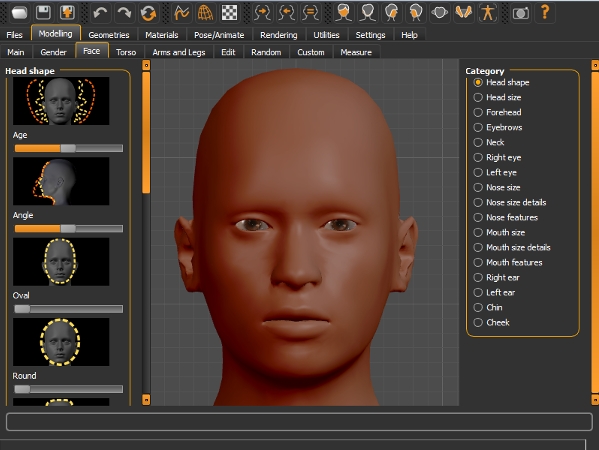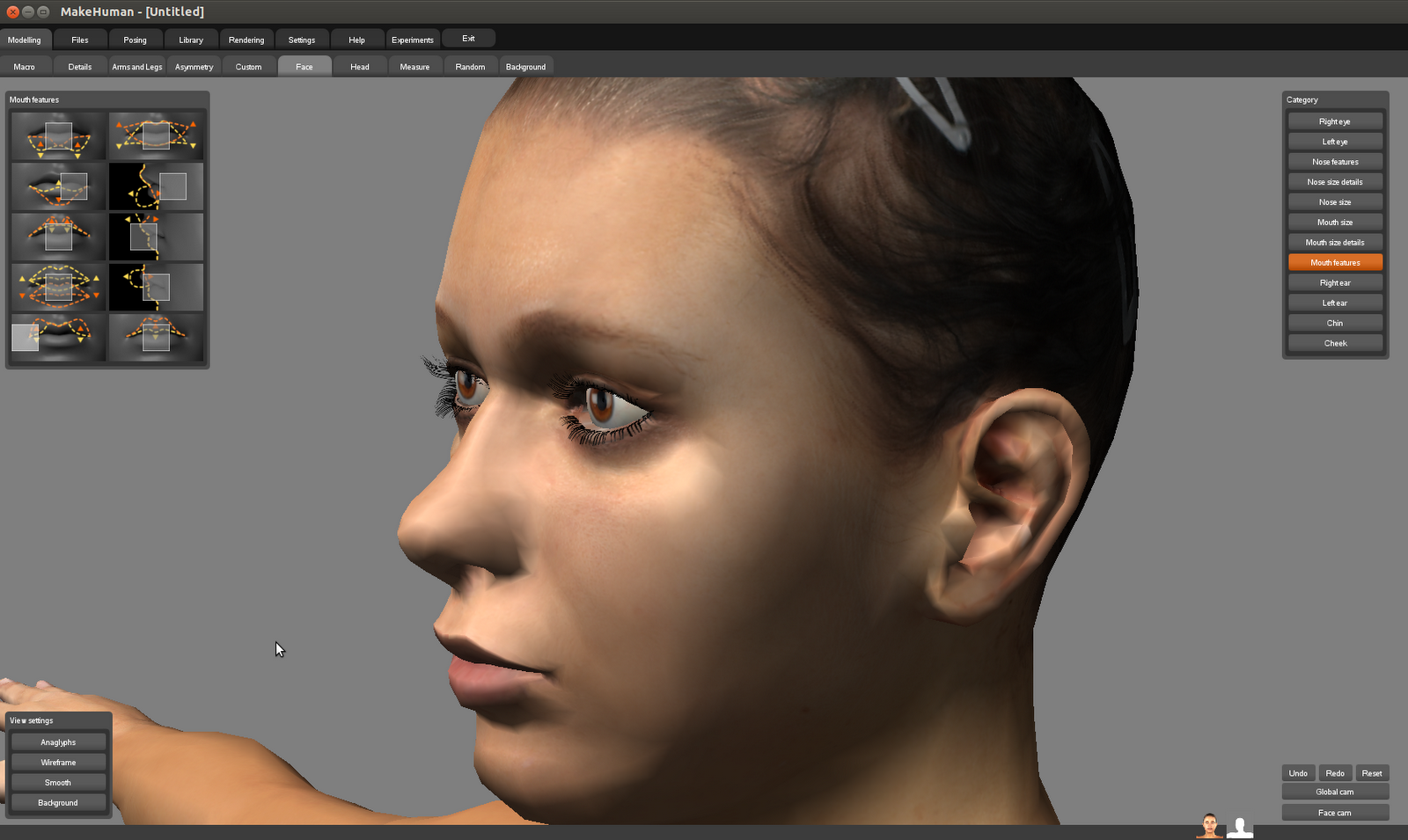

In particular, the vertices along the symmetry plane x = 0 are assigned to all three groups, Mid, Left, Right. In a piece of clothing, each vertex must belong to exactly on group, but in a human model there is no such restriction. This happens because automatic vertex group assignment works differently for humans and clothes. MakeClothes displays an error message, saying that some vertex belongs to three groups. We now proceed to press the Make Clothes button, but there is a surprise. Unlink the human materials and create the bluish Dress material, as we did in the first part above. The dress now consists of a contiguous mesh, but the materials are still those of the human.

Remove doubles to join the upper and lower parts. The waist now consists of pairs of vertices at identical locations. The mesh type is still Human, so change that to Clothing.ĭelete the tights vertices below the waist, and snap the tights waist to the skirt waist. Rename the new mesh to Dress and move it to a separate layer. Press Shift-D to duplicate the selection, and P to separate the duplicated geometry into a separate object. This is most easily done in the Materials tab. However, there are some pitfalls.Įnter edit mode and select the tights and skirt helpers. It is sometimes convenient to use the helper geometry as a starting point for modelling in fact, this is how the dress in this tutorial was modelled. Modelling clothes starting from helper geometry The size and shape of the dress adjusts itself automatically when the character sliders are moved. Press it, and the character is wearing the dress you just created. A new button named Dress should appear in the right-hand panel. Open MakeHuman and go to the Geometries > Clothes tab.

If the new clothing is saved in the default directory, MakeHuman should find it automatically. On Windows: Documents\makehuman\data\clothes.dress.mhmat: Describes the material properties.īy default, the dress folder is created in the following directory:.obj file which can be imported into most packages. dress.obj: Describes the clothes mesh.dress.mhclo: Describes the associate between clothing and human vertices.MakeClothes creates a new folder named like the clothing name (in this case, Dress), with three files in it: The output files are also listed in the terminal window. Distance between clothes vertex and human mesh face.Closest human vertex in same vertex group.For every tenth vertex, the following information is printed in the terminal: Since the program can take quite a while to complete, we can monitor progress in the terminal/dos window. At this point we could paint a texture for the dress, but for our simple monochromatic material this is not necessary.įinally, we are ready to create the clothes. To this end, create seams at suitable edges. MakeClothes does not work with the Cycles renderer.īefore we can associate the dress mesh with the human mesh, it must first be UV unwrapped. Note that the render engine must be set to Blender Internal to create the material. The name will appear in the mhmat file that describes the clothing’s material properties. Again we must choose a name for the material. We will go for a simple, monochromatic material without textures. This is important, because the object name will determine the file paths as well as the clothing’s name in MakeHuman.Īssign a material to the dress. Give the dress mesh the object name Dress. Now model the dress using the human mesh as a reference. A dress is typically attached to the tights and skirt helpers, so we need to load a Human With Helpers. Since dresses are mainly worn by women, we select the character type Average Female. Start with an empty scene and add a character.


 0 kommentar(er)
0 kommentar(er)
